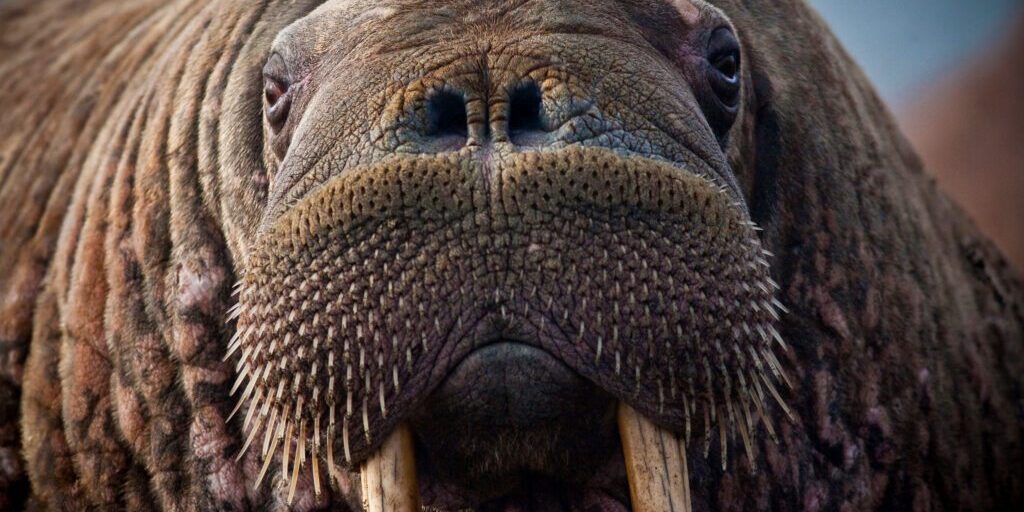The Young Hunters Walrus Summit, the first of its kind, will be held in Nome next month. In a Strait Science presentation on Aug. 25, Vera Metcalf, Director of the Eskimo Walrus Commission, or EWC, gave a preview of what will occur at the summit. She said the mission of the summit falls under the larger mission of the EWC.
“Our mission is very simple. It is to protect the Pacific Walrus Conservation,” Metcalf said.
The summit is in collaboration with nineteen EWC communities. Participants from each community between the ages of 18 and 29 are invited to gather in Nome for a three-day intensive to discuss and study topics related to walrus hunting.
Such topics include the Marine Mammal Protection Act, social economic and environmental changes at the community level, the EWC and co-management regime, the Endangered Species Act, Indigenous knowledge and understanding, tribal harvest and management plans, ivory bans and wildlife conservation organizations.
The summit will conclude with presentations on threats to and potential opportunities for marine mammal management in the New Arctic. The hope is to have a smaller, strategic planning, session sometime after the larger summit, Metcalf said.
The hopeful outcome of the summit is to give the next generation of hunters, leaders and culture bearers an opportunity to meet with and learn from experts, according to Metcalf.
“And of course, we hope to find ways to help connect with our future Indigenous food providers, because some of these young people are already providing food in their communities,” Metcalf said.
Besides that, Metcalf said, the summit reports will provide important guidance for future EWC work, and will be shared with EWC communities for Indigenous resource management planning. The summit also, potentially, will bring heightened visibility to Pacific walrus conservation and management issues.
EWC has four goals, which will be reflected in the summit, Metcalf said. The first goal is research, especially in the face of climate change. The second goal is education which Metcalf described as an “ongoing effort to inform both our commissioners and external partners of culturally relevant and important knowledge and understanding of walrus and the environment that they live in.” The third goal is to convene the walrus hunting community, including hunters, agencies, and managers, so they can connect. The fourth goal is advocacy. The EWC aims to provide leadership and nourish leaders’ capacity to represent Alaska Native interests and needs, such as food security.
Metcalf wrapped up her preview with an acknowledgment of how much work and effort goes into subsistence hunting for walrus.
“We have extensive cultural protocols to share or teach the next generation, which really strengthens a community’s traditional values,” Metcalf said.
Joel Garlich-Miller, a walrus biologist with the US Fish and Wildlife Service, also spoke about the summit as part of the co-management group for walrus.
“We need to create opportunities for young leaders to gain this knowledge and engage in the process. And this young hunters summit is that opportunity. So, to the listeners here, on this … presentation, I really do appeal to your help to get the word out about this summit. We really want to create a great opportunity for good young people to step up,” Garlich-Miller said.
The Young Hunters Walrus Summit will meet at the UAF Northwest Campus Grand Hall on Oct. 4-6.
Image at the top: Close-up photo of a walrus’ face. Photo courtesy of Pixabay, public domain.




